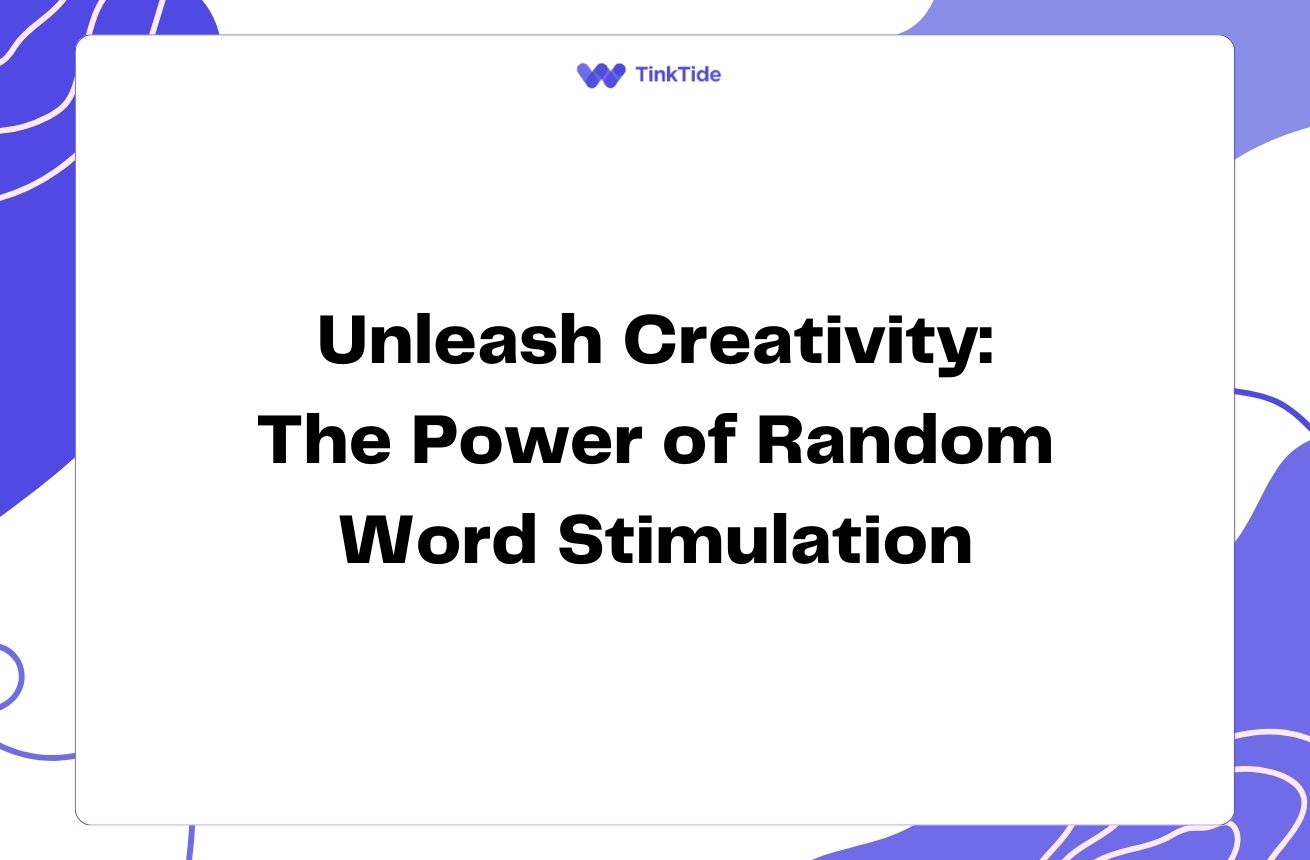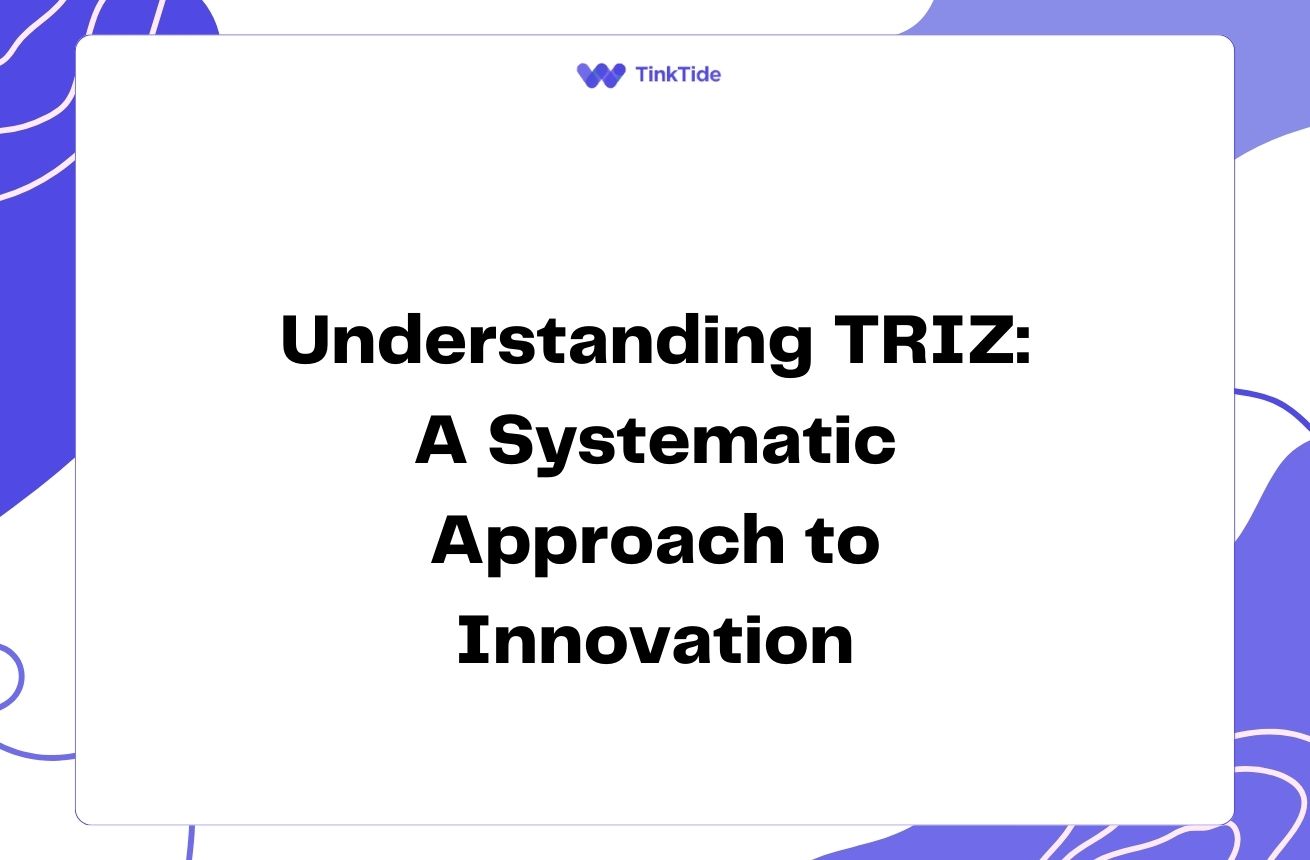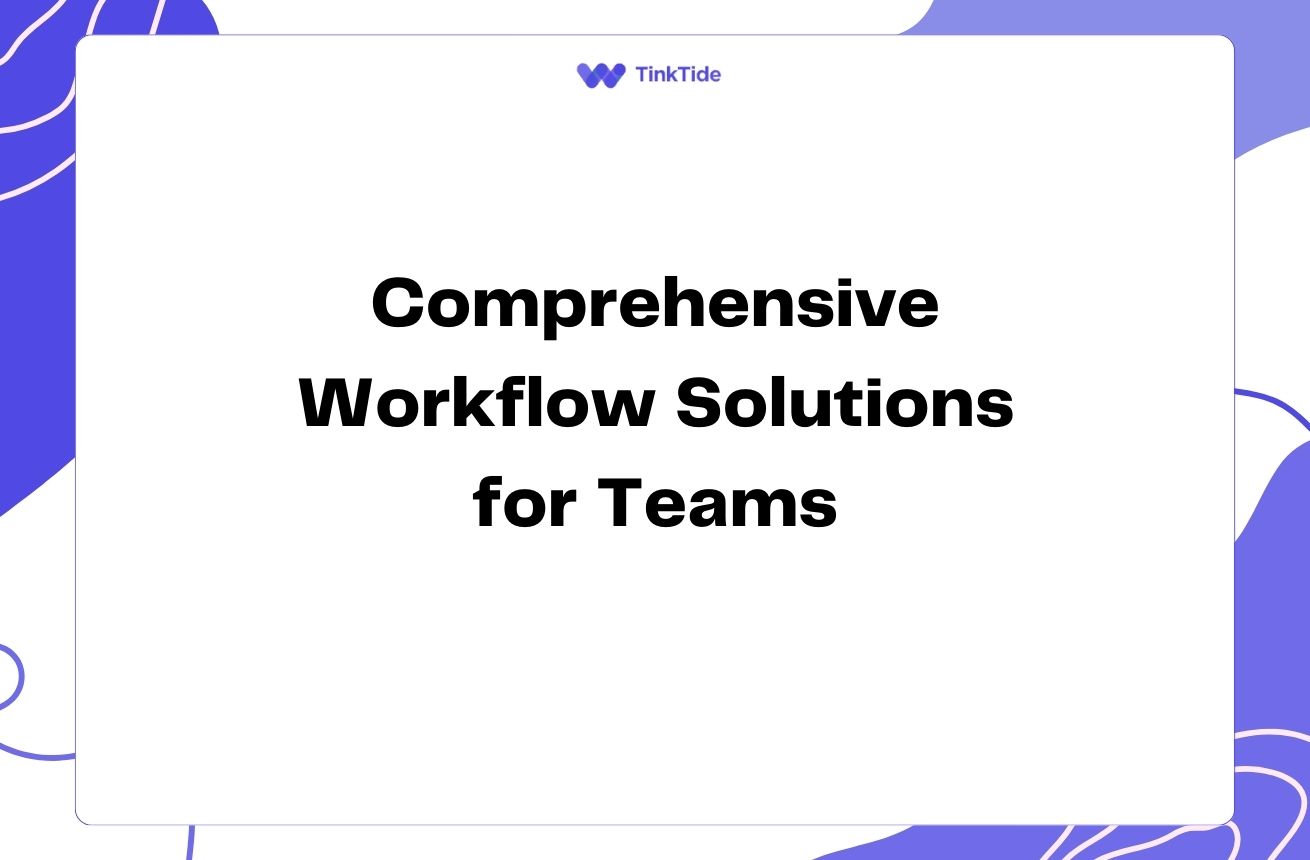Boost Marketing Efficiency with Mind Maps: A Comprehensive Guide
The Power of Visual Thinking in Marketing
In the fast-paced world of marketing, staying organized and efficient is crucial. Enter mind maps – powerful visual tools that can transform your marketing workflows and processes. By leveraging the brain's natural ability to process visual information, mind maps offer a unique way to streamline your marketing efforts.
Mind maps are diagrams used to visually organize information. They start with a central concept and branch out into related ideas, creating a tree-like structure. This format allows marketers to see the big picture while also diving into specific details, making it an ideal tool for planning and executing marketing campaigns.
According to a study published in the National Library of Medicine, visual thinking techniques like mind mapping can improve memory recall by up to 10-15% compared to traditional note-taking methods. This boost in retention can be a game-changer for marketing teams juggling multiple projects and deadlines.
Key Benefits of Using Mind Maps in Marketing
Incorporating mind maps into your marketing workflows offers numerous advantages:
- Enhanced creativity and brainstorming
- Improved project organization and task management
- Better communication within teams
- Simplified complex marketing strategies
- Increased productivity and time management
Streamlining Campaign Planning with Mind Maps
One of the most effective applications of mind maps in marketing is campaign planning. Start by placing your campaign goal at the center of your mind map. From there, branch out into key elements such as target audience, messaging, channels, and timelines.
For example, if you're planning a product launch, your mind map might include branches for market research, product features, promotional strategies, and post-launch analysis. This visual representation allows you to see how different aspects of your campaign interconnect, helping you identify potential gaps or opportunities.
Tools like MindMeister or XMind offer collaborative mind mapping features, enabling team members to contribute ideas and updates in real-time, fostering a more dynamic and inclusive planning process.
Organizing Content Creation Workflows
Content creation is a cornerstone of modern marketing, and mind maps can significantly streamline this process. Use mind maps to outline content ideas, plan editorial calendars, and track the progress of various content pieces.
Create branches for different content types (blog posts, social media, videos, etc.), and sub-branches for specific topics or themes. This structure allows you to visualize your content strategy at a glance, ensuring a balanced and diverse content mix.
Moreover, mind maps can help in the actual content creation process. When writing a blog post, for instance, you can use a mind map to outline your main points, supporting arguments, and key takeaways. This approach can help combat writer's block and ensure your content is well-structured and comprehensive.
Enhancing Team Collaboration and Communication
Mind maps serve as excellent tools for enhancing team collaboration in marketing projects. They provide a central, visual reference point that all team members can access and understand quickly.
During team meetings, use mind maps to brainstorm ideas, assign tasks, and track progress. The visual nature of mind maps makes it easier for team members to see how their individual responsibilities fit into the larger project scope.
Tools like Lucidchart offer real-time collaboration features, allowing team members to work on the same mind map simultaneously, regardless of their physical location. This can be particularly beneficial for remote or distributed marketing teams.
Simplifying Marketing Analytics and Reporting
Mind maps can also be valuable in organizing and presenting marketing analytics and reports. Create a central node for your main KPIs, then branch out into specific metrics, data sources, and insights.
This approach allows you to visualize the relationships between different data points and metrics, making it easier to identify trends and draw meaningful conclusions. It's also an effective way to present complex data to stakeholders who may not be as familiar with marketing analytics.
Consider using tools like Tableau in conjunction with mind maps to create interactive, data-driven visualizations that can be easily updated and shared across your organization.
Steps to Implement Mind Mapping in Your Marketing Workflow
Ready to incorporate mind mapping into your marketing processes? Follow these steps:
- Step 1: Choose a mind mapping tool that suits your team's needs
- Step 2: Identify key marketing processes that could benefit from visualization
- Step 3: Create your first mind map, starting with a central concept
- Step 4: Train your team on how to use and contribute to mind maps
- Step 5: Regularly review and update your mind maps to keep them relevant
Overcoming Potential Challenges
While mind maps offer numerous benefits, it's important to be aware of potential challenges. Some team members may initially find the visual format overwhelming or confusing. Address this by providing thorough training and starting with simple, focused mind maps before moving to more complex ones.
Another challenge can be keeping mind maps up-to-date, especially for fast-moving projects. Establish clear protocols for updating and reviewing mind maps to ensure they remain accurate and useful.
Lastly, be mindful of information overload. While mind maps can handle large amounts of information, too much detail can defeat their purpose of providing clarity. Strive for a balance between comprehensiveness and simplicity in your mind maps.
Frequently Asked Questions
Here are some common questions about using mind maps in marketing workflows:
What's the best mind mapping software for marketing teams?
The best software depends on your specific needs, but popular options include MindMeister, XMind, and Lucidchart. Look for features like real-time collaboration, integration with other marketing tools, and ease of use.
How often should we update our marketing mind maps?
It's best to update your mind maps regularly, especially when there are significant changes in your marketing strategy or campaign progress. For ongoing projects, aim to review and update your mind maps at least weekly.
Can mind maps replace traditional project management tools?
While mind maps are powerful organizational tools, they work best in conjunction with traditional project management software. Use mind maps for brainstorming and high-level planning, and integrate them with tools like Asana or Trello for detailed task management.
How can we measure the impact of using mind maps on our marketing efficiency?
Track metrics like project completion times, team satisfaction scores, and the number of revisions needed for marketing materials before and after implementing mind maps. You can also survey team members about their perceived productivity and organization improvements.
Are there any industries or marketing specialties where mind maps are particularly useful?
Mind maps can be beneficial in any marketing context, but they're particularly useful in content marketing, campaign planning, and market research. They're also valuable in industries with complex products or services, like technology or healthcare, where visualizing relationships between different concepts is crucial.
Additional Resources
The Mind Map Book
A comprehensive guide to mind mapping techniques by Tony Buzan
MindMeister Blog
Regular articles on mind mapping techniques and applications
Marketing Week
Stay updated on the latest marketing trends and strategies
Content Marketing Institute
Resources for content marketing, including mind mapping applications
HubSpot Marketing Blog
Insights on inbound marketing and workflow optimization
Conclusion: Embracing Visual Thinking in Marketing
Mind maps offer a powerful way to streamline and organize marketing workflows. By visualizing complex processes, enhancing collaboration, and fostering creativity, they can significantly boost your team's productivity and effectiveness.
As marketing landscapes become increasingly complex, tools that simplify and clarify our work become invaluable. Mind maps provide this clarity, allowing marketers to see the big picture while managing intricate details.
Start incorporating mind maps into your marketing processes today. Experiment with different applications, from campaign planning to content creation, and discover how this visual thinking approach can transform your marketing workflows.
Revolutionize Your Marketing Workflow
Ready to streamline your marketing processes? Try our intuitive mind mapping tools today!
Start Your Free Trial

